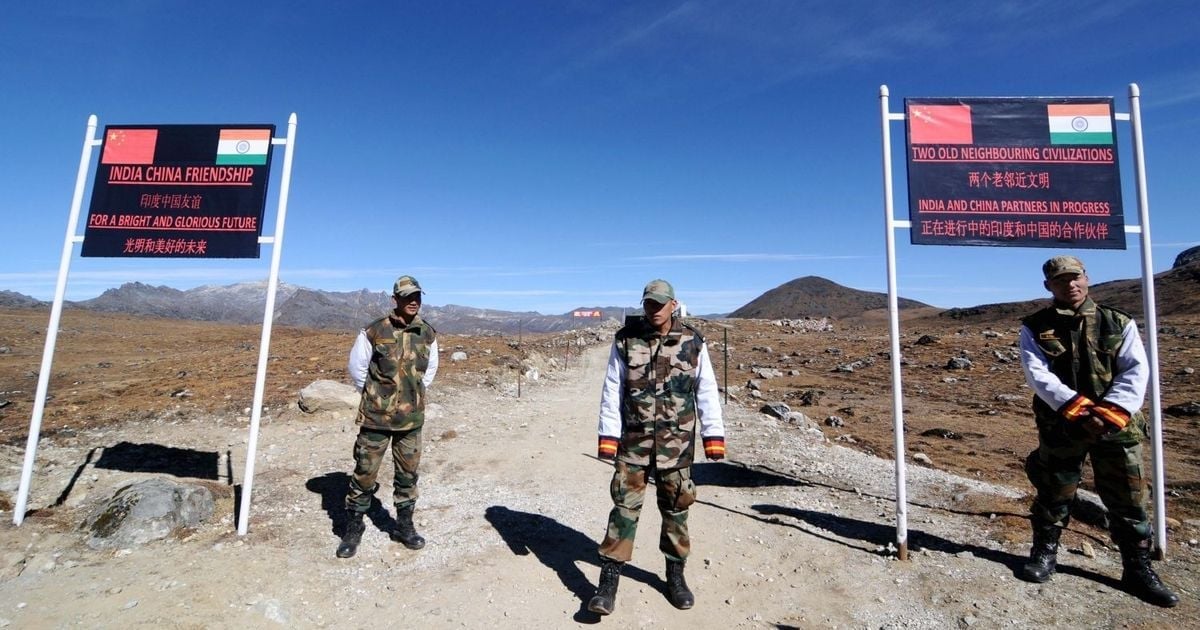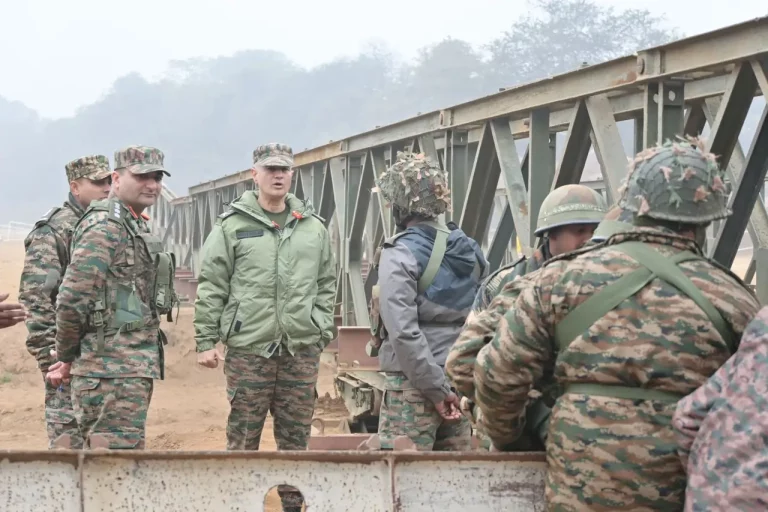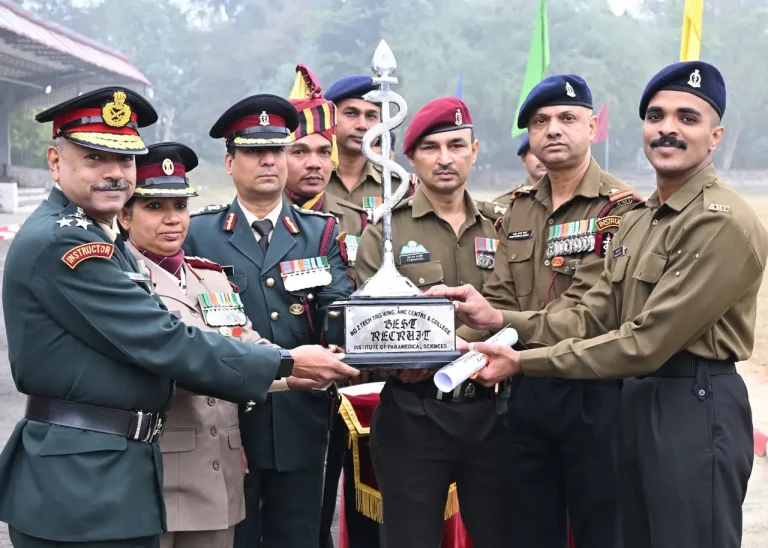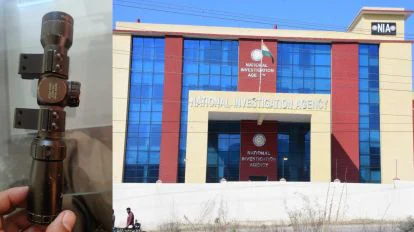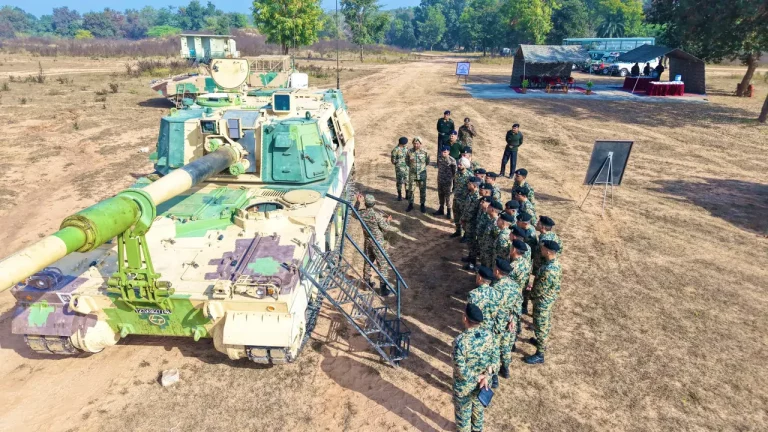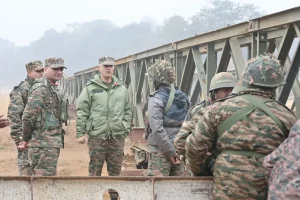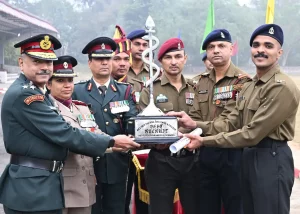Eight years after a notable military standoff between India and China, the Doklam plateau in Sikkim is set to become a tourist destination starting September 2025. This initiative is part of India’s push for battlefield tourism aimed at enabling visitors to explore historically significant military sites.
The Doklam region, perched at an impressive altitude of 13,780 feet, lies near the tri-junction of India, Bhutan, and China. It gained significant national attention in June 2017 due to an escalation where Chinese troops attempted to construct a road in an area claimed by Bhutan. In response, the Indian Army intervened to assist Bhutan, which led to a tense 73-day standoff before China ultimately withdrew.
Under the Bharat Rannbhoomi Darshan programme, the Defence Ministry has identified Doklam as one of three critical locations in Sikkim that will be developed for military tourism. C. Subhakar Rao, the State’s Additional Chief Secretary for Tourism and Civil Aviation, expressed optimism about timing the official opening to align with the peak tourist season in Sikkim.
The two additional sites included in this initiative are Nathu La and Cho La. Known for their historical significance, both locations were the scene of confrontations between Indian and Chinese forces in 1967, prior to Sikkim’s integration into India in 1975. Nathu La, at 14,140 feet, already draws visitors due to its scenic beauty and proximity to Gangtok, around 58 kilometers away. Meanwhile, Cho La, which sits at 17,780 feet, is undergoing enhancements such as the addition of rest areas and parking facilities, developed in cooperation with the Indian Army to accommodate and assist tourists.
Access to Cho La is facilitated through Tamzey, a high-altitude military outpost that also provides medical assistance for those who may experience altitude sickness. Army engineers are currently working under challenging conditions to establish the necessary infrastructure, driven by a vision to honor the valor displayed by Indian forces in safeguarding the nation’s borders while simultaneously promoting tourism in the region.
Another noteworthy site being included in this initiative is Gurudongmar Lake, situated at 17,800 feet in Sikkim’s Mangan district. This lake holds sacred significance for both Buddhists and Sikhs and has been designated as a Shaurya Gantavya, highlighting its historical importance.
Currently, Sikkim and Arunachal Pradesh are the two northeastern states featuring military-heritage tourism circuits. Arunachal’s Tawang and Walong, which are significant battlefields from the 1962 India-China conflict, are already incorporated into the Shaurya Gantavya programme.
With the impending opening of Doklam, Sikkim is poised to become a center for high-altitude travel centered on national pride and military heritage, offering tourists a unique insight into India’s strategic frontiers and the brave narratives associated with them.
